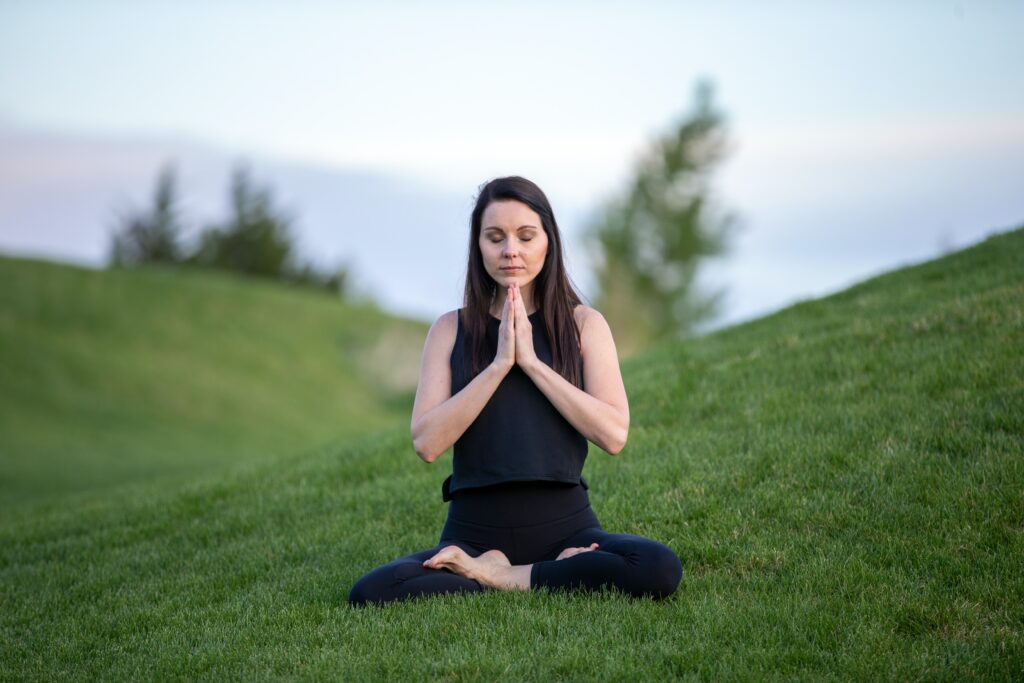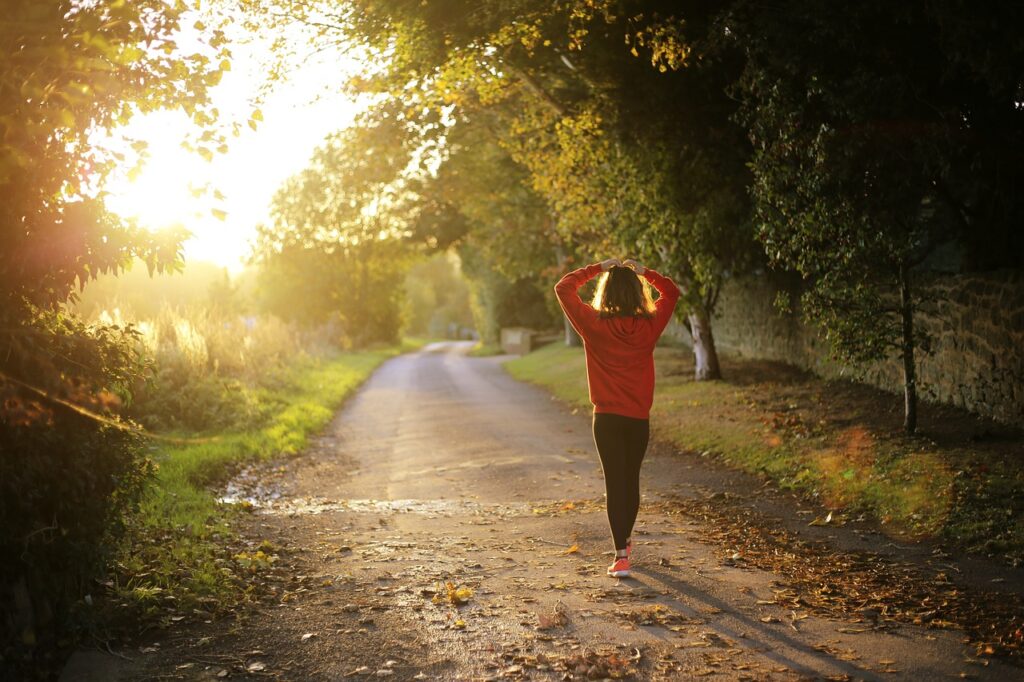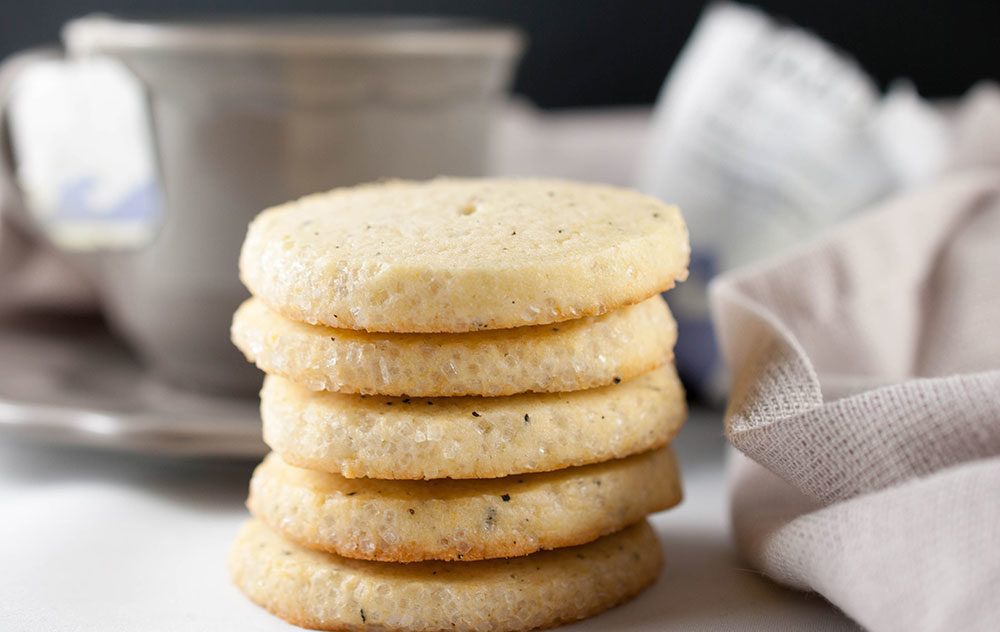Table of Contents
What is Mindfulness?
Hello and welcome! Today, we are going to explore the wonderful world of mindfulness. But before anything else, we should know the definition of mindfulness first.
Jon Kabat-Zinn, the founder of the Mindfulness-Based Stress Reduction (MBSR) program, define mindfulness as awareness that arises through paying attention, on purpose, in the present moment, and non-judgmentally.
Let me ask you, have you ever felt overwhelmed, stressed, or anxious? We can all agree that these emotions are common, especially in our fast-paced society. But what if I told you there is a way to manage these feelings and improve our mental and physical health?
That’s how mindfulness practices come in. Mindfulness means being fully alert, engaged in the present, and free from distraction or judgment. It’s about becoming aware of our thoughts, feelings, and sensations and accepting them without trying to change or fix them.
Now, why is the practice of mindfulness important? Well, studies have shown that the benefit of mindfulness can reduce stress, anxiety, and depression while improving our mood, memory, and immune function. It can also increase our ability to focus and make better decisions.
So, if you’re looking for ways to improve your mental and physical health, practicing meditation may be the solution you’ve been searching for.
5 Mindfulness Techniques Ideal for Beginners
Technique 1: Breathing Exercises
Let’s start with one of the simplest and most effective techniques: breathing exercises.

We often take our breath for granted, but it’s one of the most powerful tools for calming our minds and body. Breathing exercises slow down our breathing rate, which slows down our heart rate and reduces the production of stress hormones.
Here is a quick breathing technique you may use right away:
- Close your eyes, relax, and find a comfortable posture to sit or lie down comfortably.
- Place your hands on your belly and take a slow, deep breath through your nose, filling your lungs with air.
- Hold your breath for a few seconds, then slowly exhale through your mouth, letting all the air out.
- For a few minutes, repeat this while concentrating on how your breath feels as it enters and exits your body.
By doing this exercise, you’re giving yourself a chance to pause and focus on the present moment. You may notice that your mind quiets and your body relaxes. But the benefits of breathing exercises continue.
Studies have shown that regular practice can improve lung function, lower blood pressure, and even boost our immune system. So, the next time you’re feeling stressed or anxious, take a few moments to focus on your breath and feel the benefits for yourself.
Technique 2: Body Scan Meditation
Now, let’s move on to another mindfulness technique that can help us reduce stress and improve our well-being: body scan meditation.
Body scan meditation is a practice that involves bringing our attention to different parts of our body, one by one, and noticing any sensations or feelings we experience. This can help us become more aware of our body, release tension or stress, and promote relaxation.
Here’s how you can try a basic body scan meditation:
- Look for a quiet and comfortable place where you won’t be disturbed.
- Lie down on your back with your arms at your sides, or sit in a comfortable chair with your feet flat on the ground.
- Close your eyes and take a few deep breaths to calm your body and mind.
- Starting from the top of your head, bring your attention to each body part, one at a time.
- Notice any sensations or feelings in each part of your body without judgment or analysis.
- If you notice any tension or discomfort, try to release it by breathing into that area and letting go of the exhale.
- Take your time with this practice, spending a few minutes on each body part.
- When you’ve finished, take a few deep breaths and slowly open your eyes.
Body scan meditation can be a great way to connect with your body, release physical or emotional tension, and promote relaxation. And research has shown that regular practice can improve our body awareness, reduce anxiety and depression, and enhance our overall well-being.
So, the next time you feel overwhelmed or stressed, try a body scan meditation to give yourself a break and connect with your body.
Technique 3: Mindful Eating
Let’s talk about something we all do every day: eating. But how often do we pay attention to what we’re eating, how it tastes, and how it makes us feel? That’s where mindful eating comes in.
Mindful eating is a practice that involves bringing our full attention to the experience of eating without distractions or judgments. By slowing down and savoring each bite, we can cultivate a deeper appreciation for our food and connect with our body’s hunger and satiety signals.
Here’s how you can practice mindful eating:
- Choose a meal or snack to eat mindfully, preferably in a quiet and peaceful environment.
- Take a moment to appreciate your food’s appearance, smell, and texture before taking a bite.
- As you take a bite, notice the flavors, textures, and sensations in your mouth.
- Chew slowly and thoroughly, savoring each bite and paying attention to the eating experience.
- Take breaks between bites to check in with your body, and notice how hungry or full you feel.
- If you notice any distractions or thoughts, acknowledge them and bring your attention back to the present moment.
- When you’re finished eating, take a moment to reflect on the experience, and appreciate the nourishment your body has received.
By practicing mindful eating, we can develop a healthier and more balanced relationship with food, reduce overeating or undereating, and improve our digestion and overall well-being.
So, the next time you sit down to eat, take a moment to slow down, savor each bite, and connect with your body’s natural signals.
Technique 4: Walking Meditation

Are you someone who enjoys walking for exercise or pleasure? Could you also turn your walk into mindfulness activities? That’s where walking meditation comes in.
Walking meditation is a form of mindfulness practice that brings awareness to the present moment while walking. It can be done indoors or outdoors and requires no special equipment or clothing.
Here’s how you can practice walking meditation:
- Find a quiet and peaceful place to walk, preferably somewhere with little distraction or noise.
- Stand still momentarily, and take a few deep breaths to center yourself.
- Start strolling moderately, and focus on the sensation of your feet touching the ground.
- Notice the feeling of your legs moving, the rhythm of your breath, and any other sensations in your body as you walk.
- Bring your focus back to the current moment and the sensation of walking if your thoughts begin to stray.
- Stay present and aware of your surroundings as you walk without getting lost in thought or distraction.
- When you’re finished, stand still momentarily and take a few deep breaths before returning to your day.
Walking meditation can be a great way to combine mindfulness and physical activity and experience both benefits. Research has shown that walking meditation can improve mood, reduce stress and anxiety, and enhance overall well-being. Try practicing walking meditation and seeing how it feels to connect with the present moment in this way.
Technique 5: Visualization Exercises
Visualization exercises are a powerful tool for using the power of our minds to reduce stress and improve our well-being.
Visualization exercises involve imagining a peaceful or joyous scene in our mind’s eye and using our senses to immerse ourselves in the experience fully. It can be done in a quiet and peaceful space, sitting at your desk, or during a break at work.
Here’s how you can practice visualization exercises:
- Choose a peaceful or joyous scene to imagine, such as a beach, a forest, or a mountain view.
- Close your eyes and take a few deep breaths to calm your body and mind.
- Imagine yourself in the scene, using all your senses to experience it fully. For example, feel the sun on your skin, smell the ocean breeze, and hear the waves crashing on the shore.
- Stay with the visualization for a few minutes, fully immersing yourself in the experience.
- If your attention begins to stray, slowly refocus on the visualization.
- Take a few deep breaths and slowly open your eyes when you are done.
Visualization exercises can help reduce stress, anxiety, and negative emotions while promoting calm and relaxation. Research has also shown that visualization exercises can enhance our performance in sports, work, or other activities by improving our confidence and focus.
So, the next time you’re feeling stressed or overwhelmed, try practicing a visualization exercise and see how it feels to tap into the power of your imagination.
Mindfulness Meditation Centers and Retreats
There are many mindfulness meditation centers and retreats worldwide where you can learn and practice this technique. These centers and retreats offer a variety of programs and classes, ranging from beginner’s courses to advanced teacher training.
One famous mindfulness meditation center is the Insight Meditation Society (IMS) in Barre, Massachusetts. This center offers silent meditation retreats from a few days to several months. Retreatants practice mindfulness meditation in silence, allowing for deep reflection and inner peace.
Another famous center is the Spirit Rock Meditation Center in Woodacre, California. This center offers a variety of programs, including silent meditation retreats, daylong workshops, and online classes. The Spirit Rock Meditation Center is known for its focus on community, inclusivity, and social justice.
Meditation retreats can also be found in international locations like the Plum Village Monastery in France. Founded by Zen Master Thich Nhat Hanh, Plum Village offers meditation retreats for all levels of practitioners, with a focus on mindfulness and compassion.
In addition to mindfulness meditation centers and retreats, mindfulness-based cognitive therapy (MBCT). MBCT is a type of therapy that combines elements of cognitive-behavioral therapy (CBT) and mindfulness based stress reduction meditation. MBCT has been found to be effective in treating depression, anxiety, and other mental health conditions.
One popular program that offers MBCT is the Palouse Mindfulness Based Cognitive Therapy program. This online program includes guided meditations, mindfulness exercises, and cognitive therapy techniques. The program is designed to help individuals develop mindfulness skills and manage difficult emotions.
Many options are available for those interested in mindfulness training or exploring mindfulness-based cognitive therapy. Whether you attend a meditation center or retreat or engage in an online program, the benefits can be profound and life-changing.
Conclusions
Congratulations! You have now learned about five powerful mindfulness techniques that can help you reduce stress and improve your overall well-being. Let’s do a quick recap:
Breathing exercises – Focus on the breath to calm the mind and reduce stress.
Body scan meditation: Bring awareness to the different parts of your body to relieve tension and promote relaxation.
Mindful eating: Pay attention to the sensory experience of eating to promote healthier eating habits and reduce stress around food.
Walking meditation: Combine mindfulness and physical activity to benefit your mental and physical health.
Visualization exercises – Use the power of imagination to reduce stress and promote feelings of calm and relaxation.
By incorporating these practices into your daily routine, you can experience the many benefits of mindfulness, including reduced stress and anxiety, improved focus, and a greater sense of peace and well-being.
Remember, mindfulness is a skill that requires practice, so don’t worry if it feels difficult at first. With time and dedication, you can cultivate a more mindful way of living and experience the profound benefits of mindfulness and meditation.
Why not try it and see how it might improve your life?
Thank you for joining me on this journey to explore the world of mindfulness! We’ve discussed what it means, and we’ve learned about some of the mindfulness-based therapies that can be helpful in reducing stress and promoting well-being.
So, let’s continue to prioritize mindfulness and its benefits for our mental and physical health. I hope you take away some valuable insights and techniques to incorporate into your daily routine.
FAQ
Q: Is mindfulness a religious practice?
A: While mindfulness has roots in Buddhist traditions, it is not inherently religious and can be practiced by people of any faith or no faith.
Q: How long does it take for the benefits of mindfulness to become apparent?
A: The benefits of mindfulness can be seen immediately, but consistent practice over time is necessary to experience long-term changes.
Q: Can anyone practice mindfulness?
A: Yes, anyone can practice mindfulness regardless of age, gender, or background.
Q: Is mindfulness a form of therapy?
A: While mindfulness is often used in therapy, it is not a form of therapy in and of itself. However, practicing mindfulness can help support mental health and well-being.
Q: Can mindfulness help with physical health issues?
A: Yes, mindfulness has been found to have positive effects on physical health issues such as chronic pain, insomnia, and high blood pressure.


